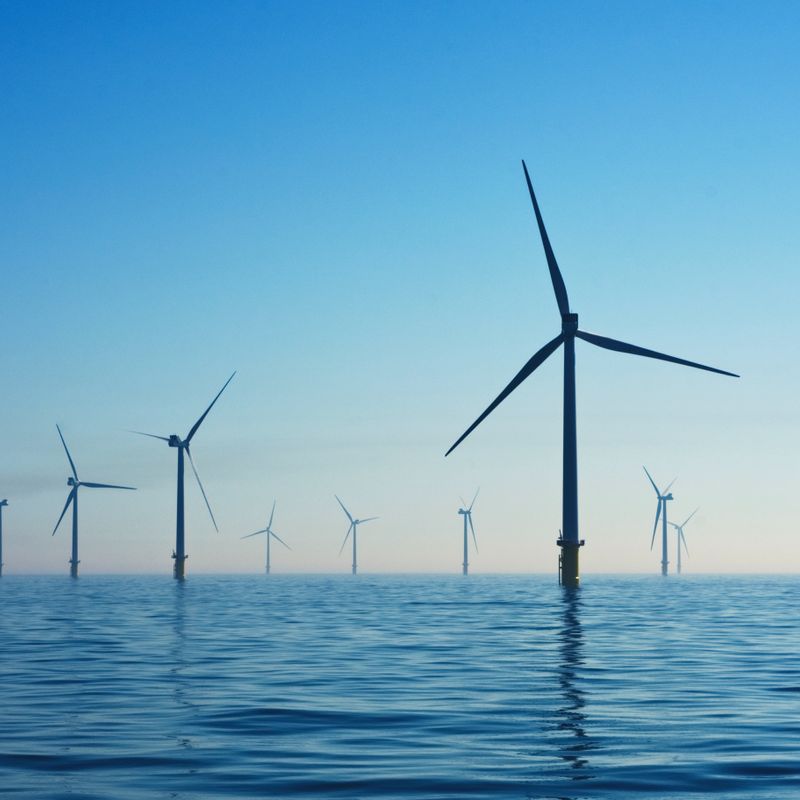
The Crown Estate is helping the UK make great strides towards net zero ambitions. They have identified five broad ‘Areas of Search’ in the Celtic Sea which are deemed suitable for developing floating offshore wind farms.
The Celtic Sea is rich in natural resources, including world-class wind resource that can be developed with floating turbines. This is a significant milestone for the UK to reach and provides a great foundation to push the UK forward to their renewable energy targets and drive economic development.
These areas that have been identified will see the first generation of commercial-scale floating windfarms by mid-2023. And by 2035, these floating wind farms are set to deliver 4GW of floating offshore wind power, which will see almost four million homes being powered.
In addition, the UK’s Department of Business, Energy, and Industrial Strategy (BEIS) has announced the results of the fourth contracts for difference (CfD) round, which sees a record 11 gigawatts of consented capacity to secure backing. This will see 93 projects proceed which already have existing planning permission across England, Scotland, and Wales which is more than there has been in the previous 3 rounds combined. Amongst these projects will be the floating wind farms in the Celtic Sea.
This round of contracts has been the most successful ever, securing 10.8GW of capacity from a range of technologies including offshore wind, solar and onshore wind.
‘This record-breaking renewable energy auction has secured 11GW of clean, home-grown electricity- which would provide as much power as around 6 gas-fired power stations.’ Says Business and Energy Secretary, Kwasi Kwarteng.
RenewableUK has predicted that these projects will save consumers an estimated £58 a year compared to the cost of power from gas – which is good news considering the rise in energy prices
These new projects will advance the UK forward in its renewable energy journey and get them that much closer to reaching net zero by 2025.
Topics covered
Keep reading...
All blogs-
Renewables
SIA Contingent Workforce Strategies 3.0: Creative staffing strategies needed for renewable energy...
-
SO announcements
Sustaining Carbon Neutrality in Partnership With Terrapass
-
SO announcements
Spencer Ogden is proud to announce that as of 2021, they are Carbon Neutral
-
Diversity and Inclusion
Pride 2023 - Demonstrating Allyship at Spencer Ogden
-
SO announcements
HSBC support Spencer Ogden’s global growing business





